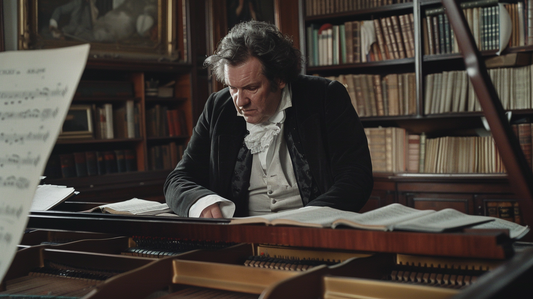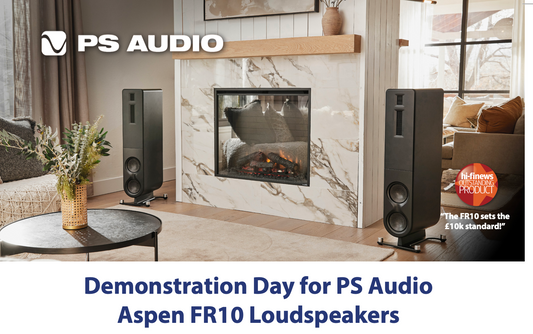Emotions on high
by Paul McGowan
I wrote yesterday about the furious battles over double blind ABX testing yesterday and why they don't work for finding out the truth in listening. I should also mention that it is a shame this happened because adding scientific methodology to high end audio is a good thing, not something to be shunned as many in high end audio have done. I for one support more rigorous testing procedures but also want to recognize that in the case of ABX testing, more harm than good came from the experience.
I also mentioned yesterday that unless you're a trained listener it's hard to remove your prejudices from your evaluation process. Today I would like to look a little deeper at why certain types of AB testing don't get to the bottom of things as well as we would hope they would.
Many analytical based tests are designed to prove something doesn't exist, rather than answer if they exist. There's a big difference between the two.
The fact is when you're dealing with something like sound, taste, feelings, comfort, relationships and emotional connections, you have to live with it for a while, get to know it on an emotional level rather than the analytical side most of us gravitate to immediately.
I promised yesterday that my friend Bill Low, owner of Audioquest, would put his two cents in on the subject and I include them today. I might preface this by suggesting Bill is one of our industry's gems and his thoughts on high end audio are always insightful and valuable - certainly to me.
"You ask my opinion on why ABX testing, as typically handled, doesn't give you the truth? Emotional vulnerability!
Music can't work its magic and the quality of the gear becomes much less relevant when the listener isn't vulnerable. A sales person standing behind/over a customer is bad/stupid enough, an ABX test takes it to the extreme. The possibility for embarrassment is fully optimized, to everyone's detriment.
Even when differences are heard in a (misused) ABX, they are valueless differences instead of 'I'd-listen-forever vs. my-ear-will-bleed-in-5-more-minutes'.
There are so many ways that the engineering-oriented (rather than the scientific-methodology-oriented) folk can totally screw up. I'm sure you know about the Floyd Toole designed speaker testing room at the JBL/Harmon facility in the San Fernando Valley … again..... potentially-useful but instead, designed and used in a most counterproductive fashion. I use a sunglasses analogy to try to describe the absurdity.
If one is comparing sunglasses, a dozen of them lined up next to each other, each pair to be picked up as quickly as possible when the previous pair is taken off, one will easily see a difference between the gray, the bronze, the vermillion, etc. None of them can be judged for neutrality because all suffer the non-neutral context of our adaptable sensory/brain system doing its best to see through the coloration of the previous pair of sunglasses. Within this context, some degree of happenstance will eventually result in a contextually based perceived preference.
However, if one wore each set of glasses for a more extended period of time, as long as it's a bright sunny day, there will be little difference due to the tint color … the sky will be blue, the grass will be green, etc. … but if any of them has distorted lenses, that will become the life & death highly-relevant difference between the glasses. The controlled "perfect" test elevates the trivial to all-important, and totally obscures what really matters.
That's a lot like the false goods of amplitude response and resolution … highly relevant variables, but not dominant. Perceived amplitude differences are primarily the brain doing its best to create a "believable" aural image out of a time-compromised data stream pickup by our ear-shaped microphones.
Then there's my story about how on a bright day, gray vs. bronze don't make much difference, but on a dark day (automobile window tinting doesn't come off on dark days or at night, audio systems are permanently half in the dark), bronze does a vastly better job of preserving the human relationship to what is on the other side of the glasses/glass on a rainy day, you're less likely to want to shoot yourself. Gray is in this case not neutral but rather more "colored" than bronze."
Thanks Bill. Bottom line, we need to spend time with what we wish to evaluate if learning the truth as it pertains to us matters.
Tomorrow let's look at AB testing vs. ABX.
- Choosing a selection results in a full page refresh.
- Opens in a new window.








